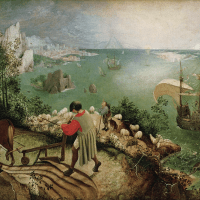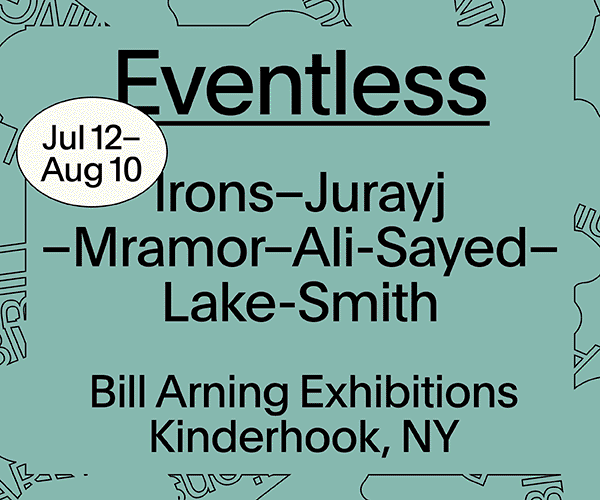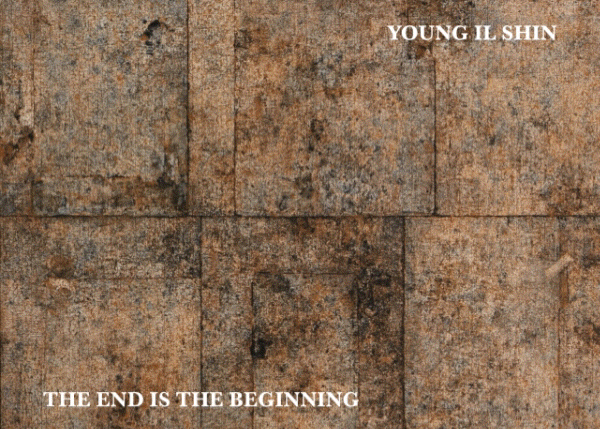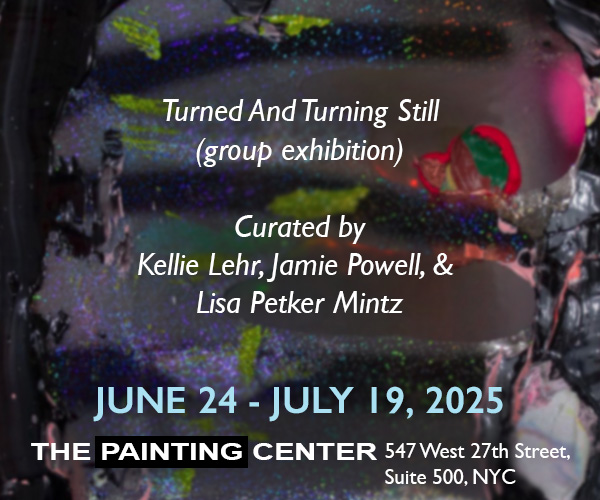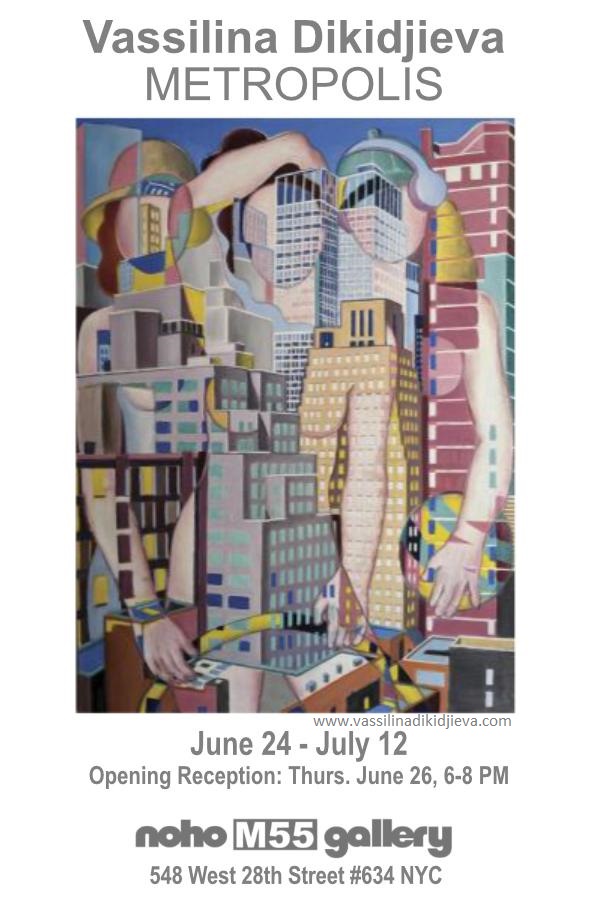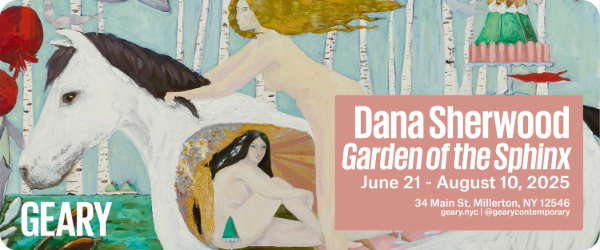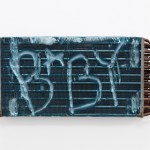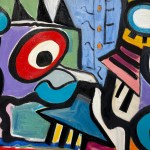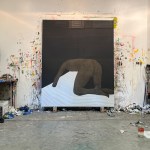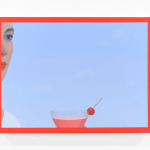Contributed by Rebecca Chace / It’s 5:40 AM in New York and 12:40 PM in Palestine on August 10, 2024. I run back and forth inside my dark Brooklyn apartment, barefoot in a T-shirt and underpants. The workshop I’m leading for teachers in the West Bank begins in twenty minutes and my internet is down. Unplug the router; count to ten; plug it back in. I’m the one who’s supposed to have good internet. I have hot water, air conditioning, access to health care, and a well-stocked bodega on the corner. I lead workshops for the Institute for Writing and Thinking at Bard College, which has partnered with Al Quds University for sixteen years. When Ibrahim, the soft-spoken director of the program for first-year students, reached out to schedule their annual faculty training sessions, we assumed he meant the workshops would take place on Zoom, not in-person.
Writing
Part 2: On “negative criticism”
Contributed by Jonathan Stevenson / It’s tempting to lament the demise of the takedown review. The form invites both schadenfreude and outrage, which are energizing. In the literary world, it had been fading for some time until B.R. Myers and Dale Peck revived it in the naughts. They enjoyed an extended moment of visceral celebrity, but it seemed to burn out relatively quickly on a pyre of stern earnestness. Literary Hub does publish a list of the year’s “most scathing book reviews,” but the targeted screeds – self-promoting Beltway memoirs, vanity projects by anointed novelists, didactic polemics masquerading as fiction – tend to be overripe, low-hanging fruit that would be exempt from even the most charitable standard of forbearance. The general rule of civility is still that the compulsion to shape opinion is best served by measured reason rather than reactive assault.
On “negative criticism”
Contributed by Sharon Butler / Sean Tatol, the art critic who writes a snarky website called Manhattan Art Review, recently penned a piece for The Point about art criticism titled “Negative Criticism, a sentimental education.” In an era in which many critics prefer to describe work rather than judge it, Tatol’s Manhattan Art Review is notable for the “Kritic’s Korner” — short, sometimes scathing reviews that include a star ranking system: five is great, four is good, three is okay, two is bad, and one is awful. At artnet critic Ben Davis took a deep dive into Tatol’s essay in a two-part piece (one and two), that brings in ideas by other critics who have written on the topic. Davis wonders if “’negative criticism’”’ is the right way to frame the solution, or even if ‘the question of judgment’ is really a full picture of what is at stake.” I asked contributors at Two Coats of Paint if they had any thoughts about the essays or the state of art criticism today, and today we are running responses from critic David Carrier and artist-critic Laurie Fendrich.
Dave Hickey and the louche tradition
Contributed by Jonathan Stevenson / A clear strain in American letters celebrates the capacity of insouciant and unabashedly disreputable people to say things that matter by cutting through the flatulent smog that tends to enshroud orthodoxies. The Lost Generation had Ernest Hemingway, and Baby Boomers had Hunter S. Thompson and Dave Hickey, who passed away in November at 82. These guys particularly Thompson but undeniably Hemingway and Hickey as well showcased their disdain for convention and their embrace of the drunken and the stoned, the naughty and the down-and-out. But all three were dead serious about life and death, and that emerged in their work.
Thornton Willis: Stripped down guts and lived wisdom
Blogger/artist Steven Alexander reports that, “anyone who is a lover of painting will inevitably feel a rush of recognition — that increasingly rare sense of […]
Bouncing blogger Regina Hackett
Regina Hackett, the longtime art critic at the Seattle P-I, which recently laid off all but twenty staffers and ceased publishing a print edition, has […]
Joan Snyder: Fleshy physicality and broken-bones impact
In the LA Times art blog David Pagel reports that the six paintings and four prints in Snyder�s L.A. solo debut at SolwayJones Gallery are […]
Serban Savu: Ruins of a recent future
David Nolan features work by Serban Savu this month. Savu, part of a group of artists from Cluj, schooled in the tradition of Social Realism, […]
Last chance: Peter Doig
In The Brooklyn Rail, Greg Lindquist looks at Peter Doig’s new large-scale paintings, which are up until tomorrow at Gavin Brown and Michael Werner. “While […]
Artwork delivery: Platform Project Space, NYC
Update (March 9): For snaps of the installation, check out Joanne Mattera Art Blog here. Watch VernissageTV’s video of the blogpix opening. Today (March 3) […]
Online Art in America: Schwabsky on words
Art Fag City reports that Art in America has at long last gone online, which means I can finally share Barry Schwabsky’s recent essay about […]
Me-me-me careerism vs. the new generosity
As the Guest Blogger at ART:21 today, I take a look at a few artists who embody the pragmatism and ingenuity of the new Obama […]
Peter Schjeldahl’s insouciance
In The New York Review of Books, Sanford Schwartz considers Peter Schjeldahl’s unique contribution to art criticism. “Schjeldahl addresses us in a conversational prose that […]
Laurie Fendrich: Preparing for a retrospective
Last spring Mary MacNaughton invited Laurie Fendrich, a professor of fine arts and the director of the Comparative Arts and Culture Graduate Program at Hofstra […]
Micchelli: How art can effect political change
At Art:21 Blog, the Flash Points guest blogger series is focusing on art and politics this month. Today, Brooklyn Rail writer/editor Tom Micchelli, after seeing […]

